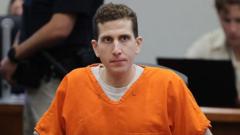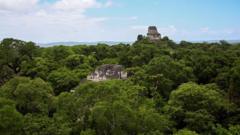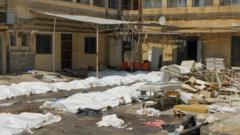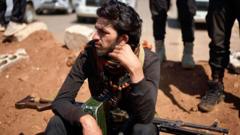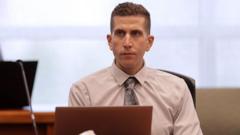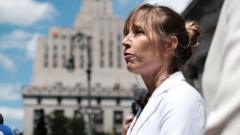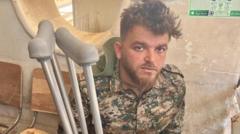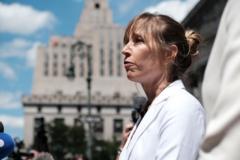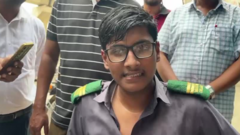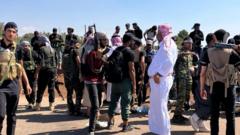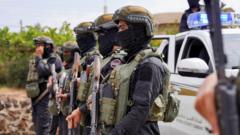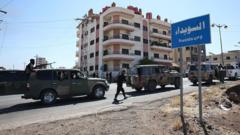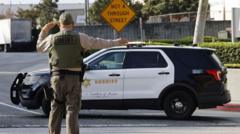As Syria attempts to heal from years of conflict, forensic experts work tirelessly to identify the remains of victims from mass graves. With significant hurdles, including limited resources and ongoing trauma, the task is daunting yet vital for the families seeking answers.
Recovery Efforts Continue Amid Syria's Dark Legacy of Mass Graves
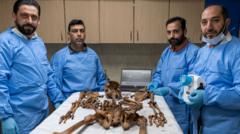
Recovery Efforts Continue Amid Syria's Dark Legacy of Mass Graves
A dedicated team is painstakingly identifying remains from Syria’s mass graves, highlighting the ongoing struggle for justice and closure in a country ravaged by war.
In the newly established Syrian Identification Centre, Dr. Anas al-Hourani explains the grim reality of working with remains from mass graves. These mixed burial sites contain the bones of countless victims buried in disregard during Syria’s devastating civil war, which has claimed hundreds of thousands of lives. The bones are methodically laid out—32 femurs per table—marking the beginning of a journey from tragedy to potential justice.
Dr. al-Hourani’s expertise as a forensic odontologist may provide valuable information for identification, but the lack of resources complicates the process. Currently, only one DNA testing lab exists in Syria, a facility hindered by war destruction and international sanctions restricting necessary chemicals. Each test, costing approximately $250, is a steep burden, especially since around 20 tests might be needed to reconstruct a single identity. The lab survives thanks to funding from the International Committee of the Red Cross.
There is a palpable sense of frustration among families of the disappeared as they seek acknowledgment from the new Islamist-led government about transitional justice. Many lost loved ones during the 13-year conflict, which not only resulted in mass deaths but also displaced millions and left over 130,000 missing. Dr. al-Hourani grimly warns that with their current pace, identifying just one victim may span months, projecting years of grueling work ahead.
In a poignant visit to a remote hillside dotted with mass graves, investigative efforts highlighted the reality of operations during the Assad regime. Hussein Alawi al-Manfi, who lived through that dark period, recounted his experiences hauling heaps of civilian bodies, a stark reminder of the cruelty witnessed. Many were simply tagged with identifying numbers, stripped of names or dignity, and unceremoniously dumped into shallow pits.
Malak Aoude, whose two sons were taken under the regime, seeks closure after years of mourning and uncertainty. She recently returned to Syria, hoping to unearth information about her sons, who vanished during protests. Delving into school records, she craves any sign of her younger son, Maher, who was last seen in a notorious detention center that also haunted Abu Ali’s memories of delivering bodies.
For Malak, the fall of Assad brought not only hope but deep sorrow as she realizes her sons may be among the countless lost. The resilience of Syrians continues to shine as they navigate the painful path of recovery, fueled by the need for truth in the shadows of their past.



